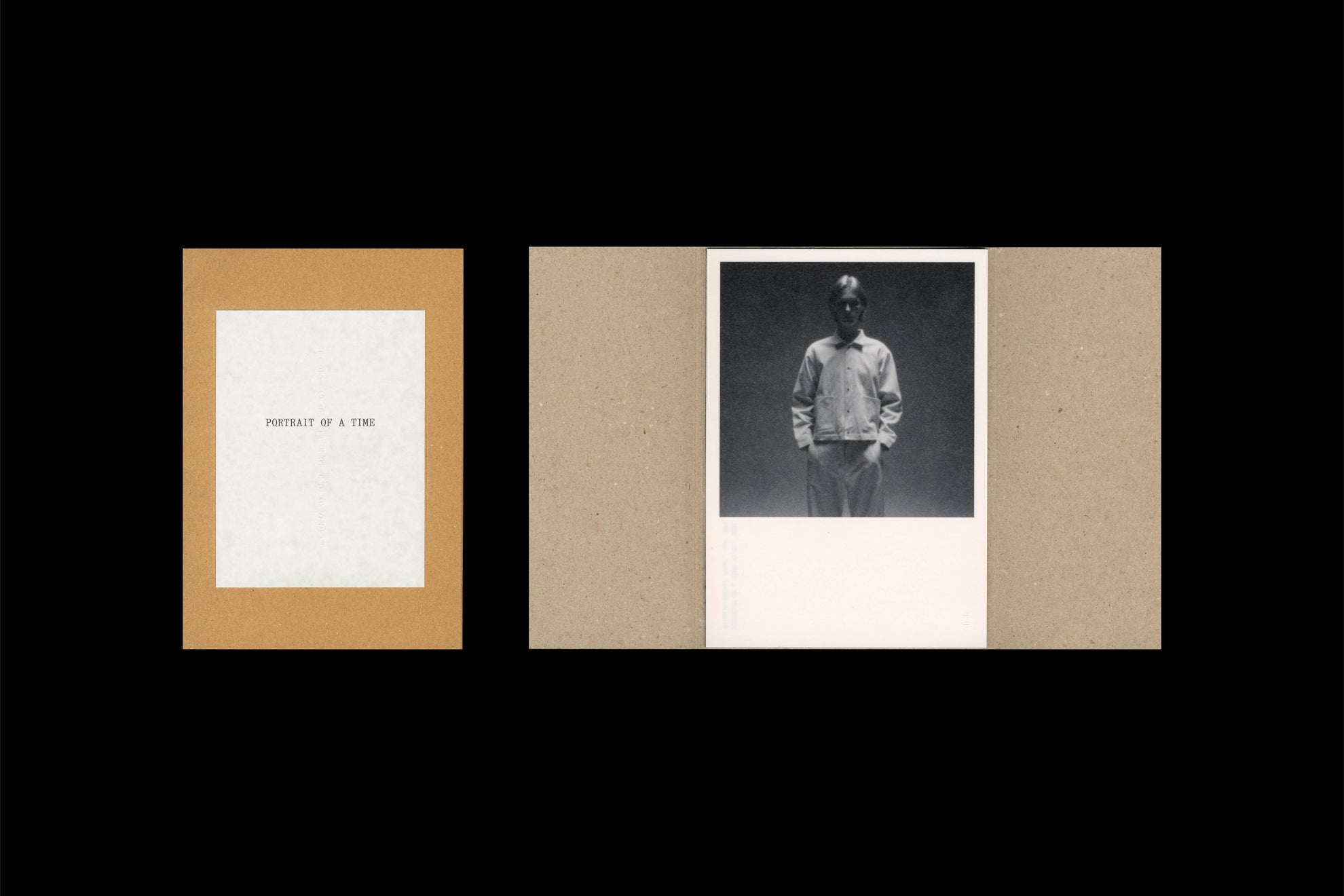
In conversation with OK-RM
In 2019, during Paris Fashion Week, the London-based creative duo OK-RM encountered a young Taiga Takahashi, an aspiring designer interning with Matthew Williams at ALYX. Witnessing OK-RM breathe life into ALYX's brand, Taiga approached the duo a few years later to collaborate, seeking their assistance in bringing his own brand to life. Countless hours of engaging conversations gave birth to what we now recognize as T.T – a unisex clothing brand based in Kyoto and New York, seamlessly blending Japanese craftsmanship with American vintage aesthetics.
OK-RM is the practice of Oliver Knight and Rory McGrath. They established their London-based studio in 2008 and have engaged in collaborations with close collaborations and projects with the likes of Virgil Abloh, JW Anderson, Vivienne Westwood and the late Taiga Takahashi amongst many others. In my conversation with Rory, it became apparent that the duo is exceptionally attentive to the 'language' they employ. They prefer the term 'collaborators' over 'clients' and prioritize 'creating an identity' rather than 'branding'. This meticulous choice of language highlights the depth of detail and dedication they invest in their work, where they recognize that every element is interconnected and indispensable to the completion of their final projects. Perhaps this attention to detail is what initially attracted Taiga to them and why the duo possesses a profound understanding of the nuances and sensitivities of Kyoto culture.
Little did OK-RM anticipate two challenges upon working with Taiga: crafting the brand's essence solely through Zoom conversations and shouldering the task of carrying on Taiga Takahashi's legacy after his sudden passing in April 2022 at age 27. We spoke with Rory about their work with Taiga, their insights on the ancient capital, and how they're preserving Taiga's legacy.
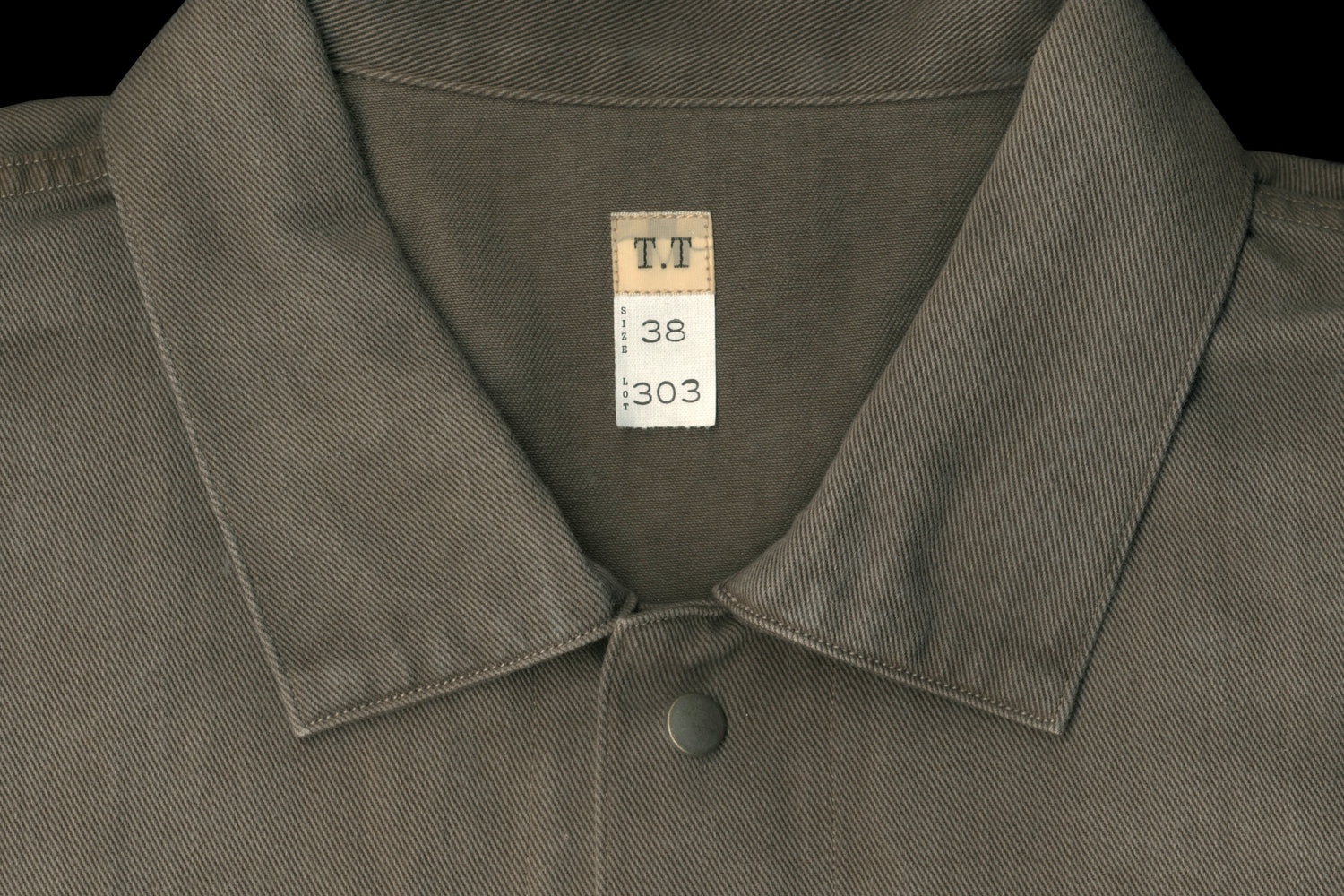

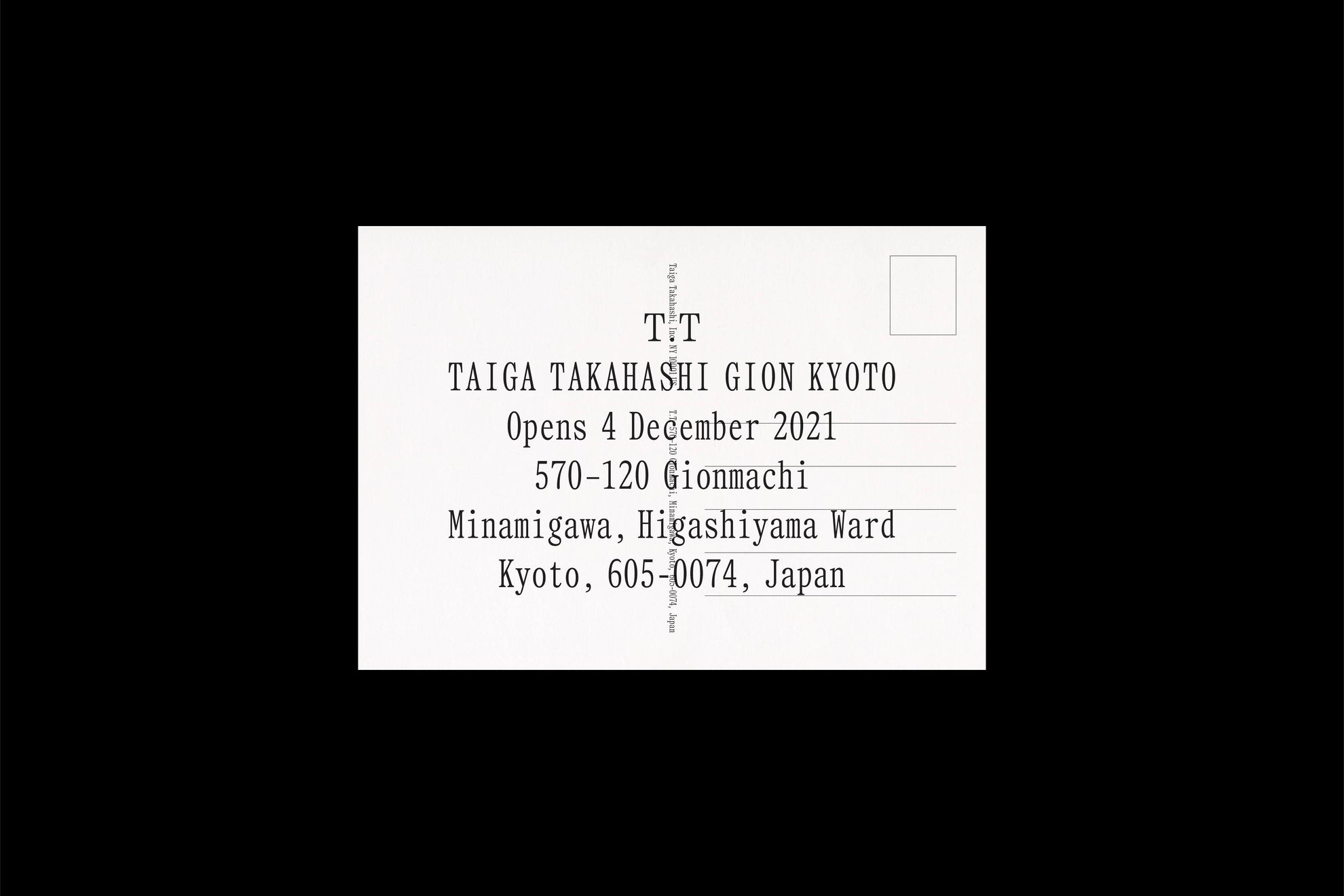
“So in a sense, I think one of the things we need to do is to support young creativity 'pedagogically' through education in order to promote young creativity within that legacy.”
SARA: Ok, let’s start with the easy questions. Could you please tell us who OK-RM is? What do you guys do?
RORY: Okay, that's the hardest question.
SARA: Sorry!! but you can simplify it if you like?
RORY: No, no, that's fine. I mean, who is OK-RM? OK-RM is Oliver Knight and Rory McGrath. We, Oliver and I, started the studio in 2008. So OK-RM was founded as a means to collaborate with one another. Humble humble beginnings.You know, we set up a studio, collaborated closely with each other, and then opened up to working with others. And that's always been our modus operandi. It’s really about questioning the potential of synthesis and building a single work with a number of authors and voices from a variety of practices, cultures and generations.
SARA: You know, I think I read somewhere that OK-RM don't really give each other roles or you don’t call yourselves ‘creative directors’?
RORY: That's true. I mean, it's just because the words that describe ‘creative directors’ at this point in time aren't very accurate. So we don't always feel that we inherit the right title or title that really explains exactly what OK-RM is. So we prefer ideally for people to understand more about OK-RM and our way of working, and then just refer to those involved and disregard titles. But, you know, that's probably more to do with an interest in language. And so I guess progress to an extent. You know, this idea that we might develop to such a degree that we can transcend our titles and just become people in this world, working together.
SARA: You seem to work with a lot of brands, designers, studios, but it seems like you do work with quite a lot of fashion brands. Is cultivating an identity for fashion brands, your strength or focus?
RORY: Well, I think the thing that if you boil it down, the thing that makes a consistent thread is that we work with other creative people. Obviously, fashion, in general, is design-based. It's by artists, designers. So generally we don't work with brands as in this idea of a faceless brand corporation of different people where we're meeting the team. It's not to say we don't work with internal teams, but we tend to work with the protagonists or the makers.
“So it's not so much about inventing a new philosophy; it's about the position and context that makes it resonate.”
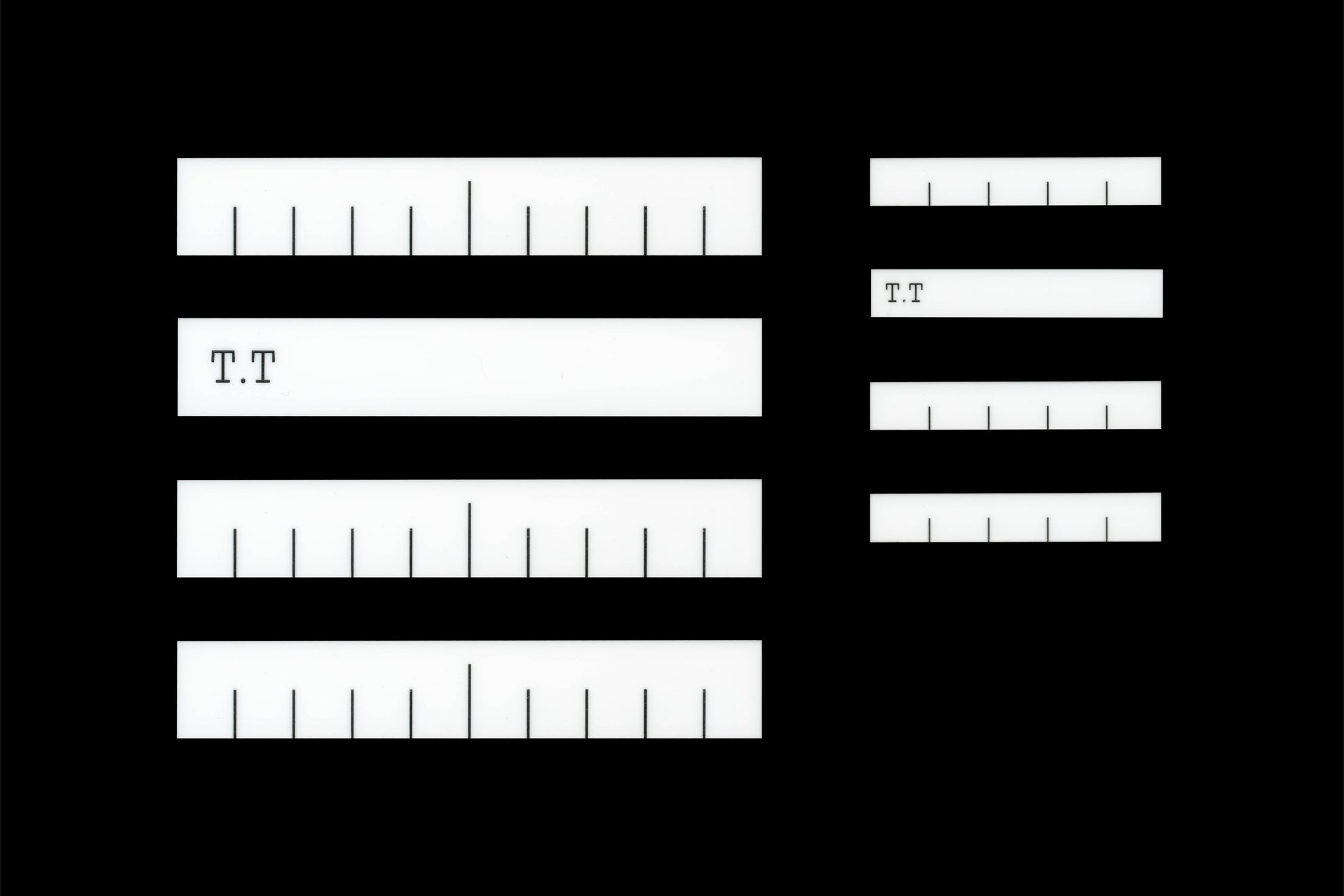
SARA: How did you meet Taiga? How did it all start?
RORY: In a quite conventional way. We met him during Fashion Week in Paris. At that point, Taiga was quite different. He had grown up inside the fashion industry and had a brand focused on women's fashion in a conventional way. When we met Taiga, he was beginning to question his true path. It was an interesting time to meet him. That was Paris, I guess, in about 2019, probably around February.
SARA: Did he come to OK-RM and say, 'Can you help me with creating my brand?'
RORY: Yes, exactly. He was at the beginning of that journey. It wasn't very clear. He felt something and wanted to understand that feeling and untangle it. He knew about us through Matthew (Williams) since he had interned at ALYX. He learned about us from reading our manifesto and working with Matthew, realizing that we can be introspective and untangle concepts. He wanted to embark on that journey with us.
SARA: What was the process like for untangling and expressing his ideas? How did you guys do that with Taiga?
RORY: Well, honestly, through hours and hours of conversation. For days, weeks, months—over a two-year period. It was about six months intensely of talking and building a manifesto, creating the backbone concept for what would become T.T, a passion project we know today. Conversations with Taiga were never quick. He genuinely cared about what was being said; every word was important. So there was a lot of time given to those conversations and we had the time because it was the pandemic.
SARA: How would you describe Taiga Takahashi or his brand? What are the core values of his brand?
RORY: Well, it's quite broad, isn't it? It's not solely his; he's more like a channel for the deep historical, spiritual, and philosophical journey inherited from Zen Buddhism, Shintoism, and various other philosophies developed along the way. Designers like Isamu Noguchi from the contemporary modern era play a key role in Taiga's reference points. It's not about starting something entirely new; it's more about continuing a tradition. What's unusual is that someone at his age and position, creating the kind of work he does, delves deeply into history, time, and tradition. So it's not so much about inventing a new philosophy; it's about the position and context that makes it resonate.
SARA: What is your involvement with T.T now?
RORY: Post Taiga? Well, we're very involved. It’s been quite a journey.Obviously,Taiga passed away in April, and we had to figure out a way of continuing the project and felt extremely motivated to do so based on continuing Taiga's legacy. It's not about continuing as if Taiga is here; it's about acknowledging his absence and the opportunities he leaves behind to build something. When someone who was the protagonist or the pinnacle of a project or anything dies, then it offers the opportunity for a certain kind of myth to start to take shape.
SARA: How is OK-RM continuing his legacy?
RORY: In a sense, we're guiding his journey and starting to think about how we share these ideas built by Taiga, also linked to many other ideas and historic figures, and contemporary figures, and figure out how to share that with the world. So if you talk about legacy, I think one of the things Taiga wanted to do was to make a change in how Japanese and, in a sense, global designers, artists, craftspeople acknowledge and have a deeper relationship with the past and want to continue forward. So in a sense, I think one of the things we need to do is to support young creativity 'pedagogically' through education in order to promote young creativity within that legacy.
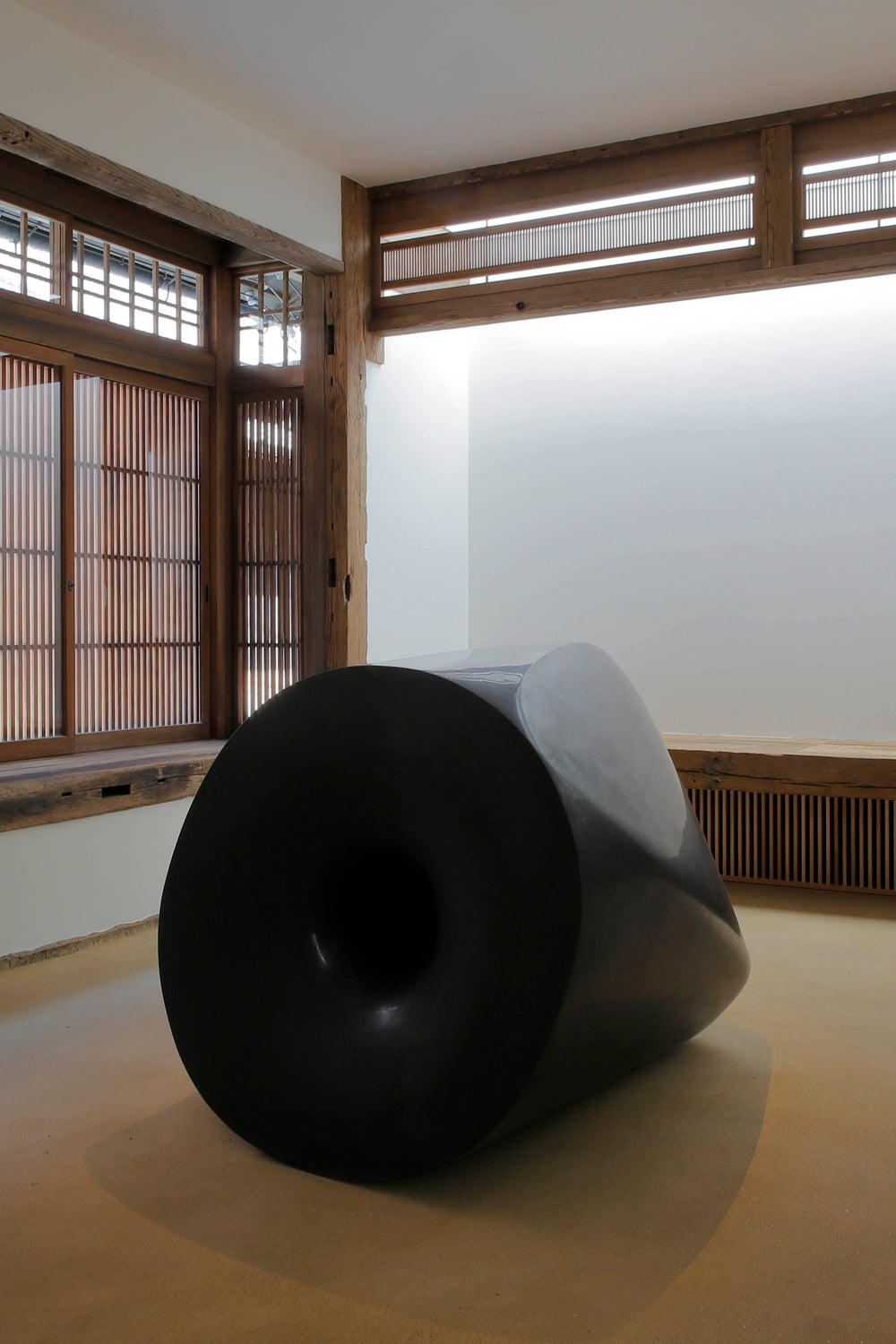
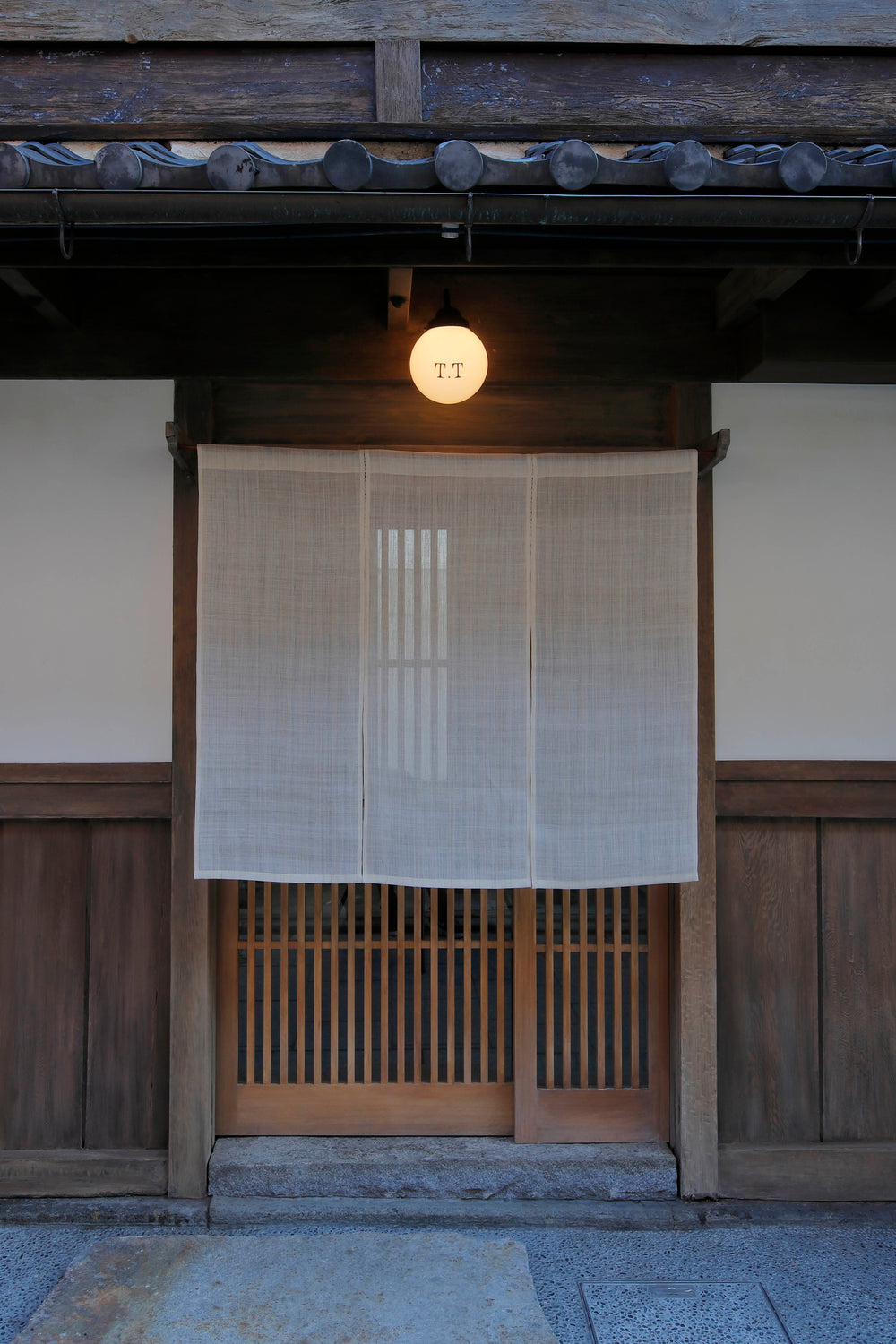
“There's a new form of beauty that occurs when somebody from the outside embraces those ideals. There's a tension, a very soft tension, but there's a tension.”
SARA: How did you guys incorporate the 'Kyoto essence' into the shop?
RORY: Well, first, the idea for the shop came as a hub, a production house. The concept or idea came first, and then every element was geared towards capturing the truest essence of those ideas. Being in Gion embodies the true essence of Taiga Takahashi's philosophy. After that, it's about preserving the essence of that space. There's nothing there that's superfluous or unnecessary. It respects history while embracing the present when necessary. You get a sense of time; it's as if time stands still when you walk in. It's quiet and peaceful, almost like being in a temple. It's excellent, isn't it? I love that.
SARA: What were your impressions of Kyoto before working with Taiga Takahashi, and how have they changed since working with him?
RORY: I mean, in a sense, Kyoto is one of those mystical places where even if you haven't been there, you kind of know about it. So when we went there, it was as if we had stepped into a movie or a dream, especially because our experience there was very authentic. We weren't tourists; we were working there and collaborating with his family. The crazy thing is we never went there when Taiga was alive. We always said we'd go when Covid ended. How has it changed since working with Taiga? It's like a magical story for us; his philosophy has become a part of us too. I don't know how to describe it.
SARA: Working deeply within Kyoto's culture, has that affected your work or other aspects of your life?
RORY: Yeah, in a sense, because obviously, we're not Japanese, and we're not from that philosophy. But, weirdly, I don't know why, but we seem to understand it quite deeply. I think that's really reassuring because, in the end, we are all humans, and I think that's the way we understand the world and things. I think that in Kyoto, there's a perfect context where that has happened many times before. So there's a deep-rooted philosophy, thinking, and appreciation of things like space, time, and precision.
SARA: You understand why the city is so protective of its culture. It has protected its culture for hundreds of years. That's why it can come across as exclusive and not inclusive sometimes. But sometimes, you know, that can come off as standoffish or snobbish. But I really understand that now.
RORY: Yeah, 100%, especially in relation to the western synthesis in Tokyo. You see what happens when you embrace it, and it creates an amazing concoction with lots of beauty. But that kind of dissonance doesn't exist in the same way. So that's why it's interesting; I think that's why there's a certain new form of beauty that happens in Taiga’s project. There's a new form of beauty that occurs when somebody from the outside embraces those ideals. There's a tension, a very soft tension, but there's a tension.
SARA: OK-RM seem to do a lot of work in Japan. Currently, you’re also working with Goldwin 0. You seem to be really connected to Japanese culture. This is just a personal observation, but I feel like the Japanese philosophy and culture really align with OK-RM’s ideas and vision as well. So, I was wondering if working in Japan or with Japanese creatives was intentional, or did it just organically happen?
RORY: That's a good question. I mean, we love Japan, you know? We're really lucky and grateful to be able to spend significant time there and find people we can work with. I mean, that's how Goldwin 0 is really special to us, in the same way that Taiga is. It has a very soulful vibration that we really relate to. We also collaborate with different artists in Japan as well. It's not like we're into awards, the same way we're not really into branding, but we won this Tokyo Type Director’s award for the last three years. Our intention is to enjoy things as they come and not expect anything. We're really grateful for the time we get to spend in Japan.
SARA: Are there any upcoming changes for T.T?
RORY: Let's say, from a visual identity perspective, there will be a sort of split. On one hand, Taiga Takahashi and the use of his name will be a stage associated with his artistic legacy. On the other hand, T.T will be firmly established as the fashion projects. We intend to push this aspect further and build it up. Let it grow beyond being seen as just an art object. It doesn't have to be limited in that way. While the original full collections were Taiga's work, now it can truly expand and embrace the world.
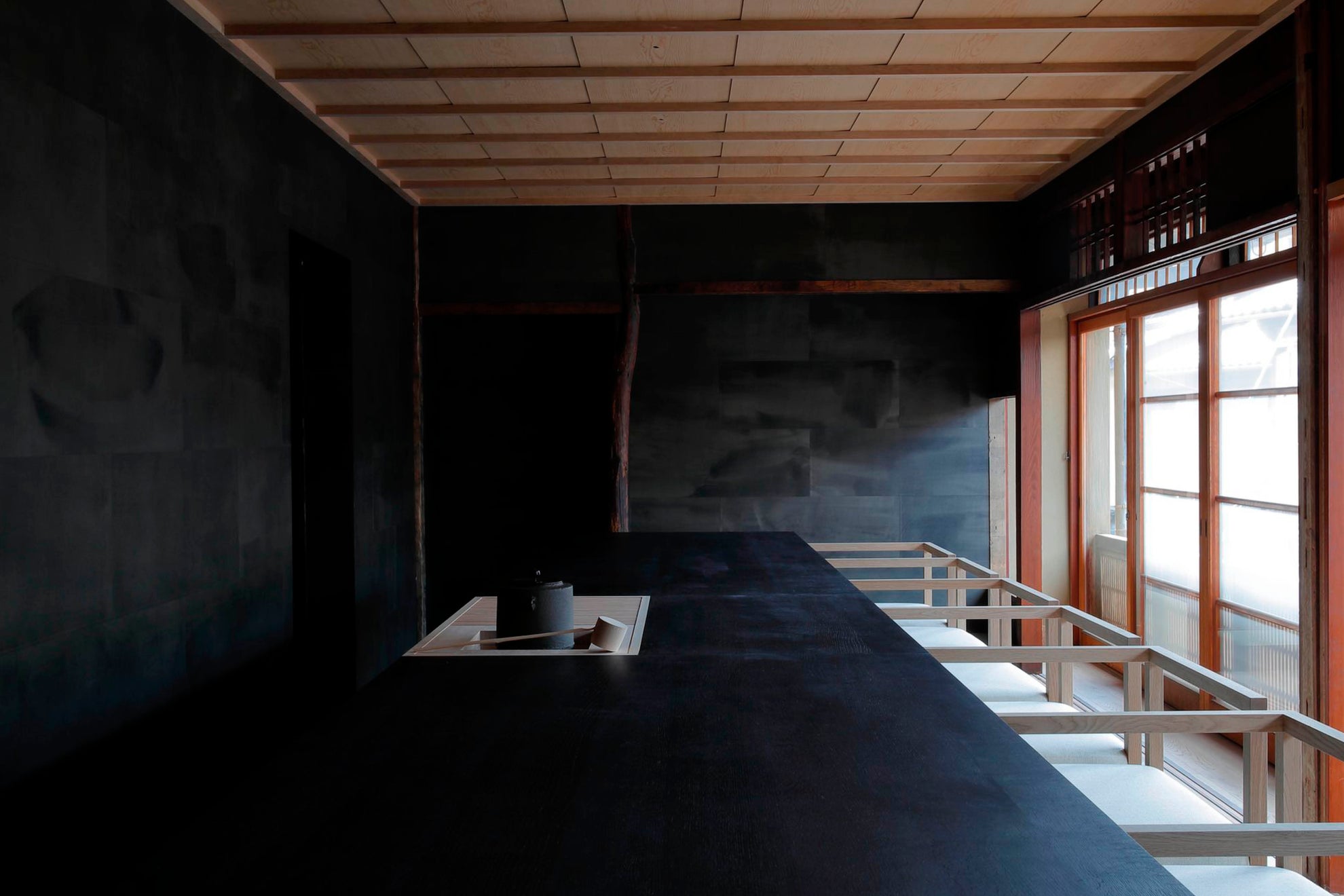
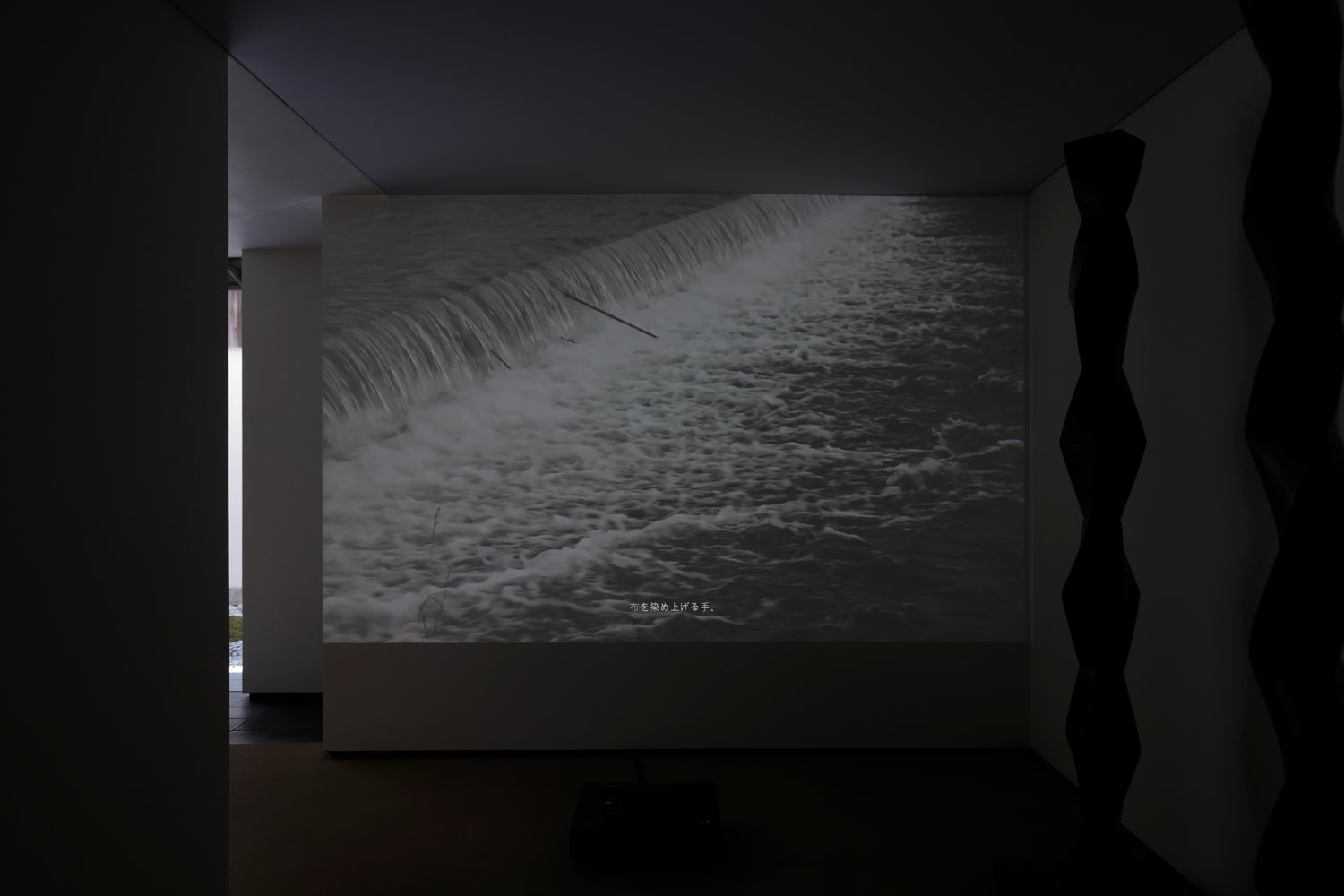
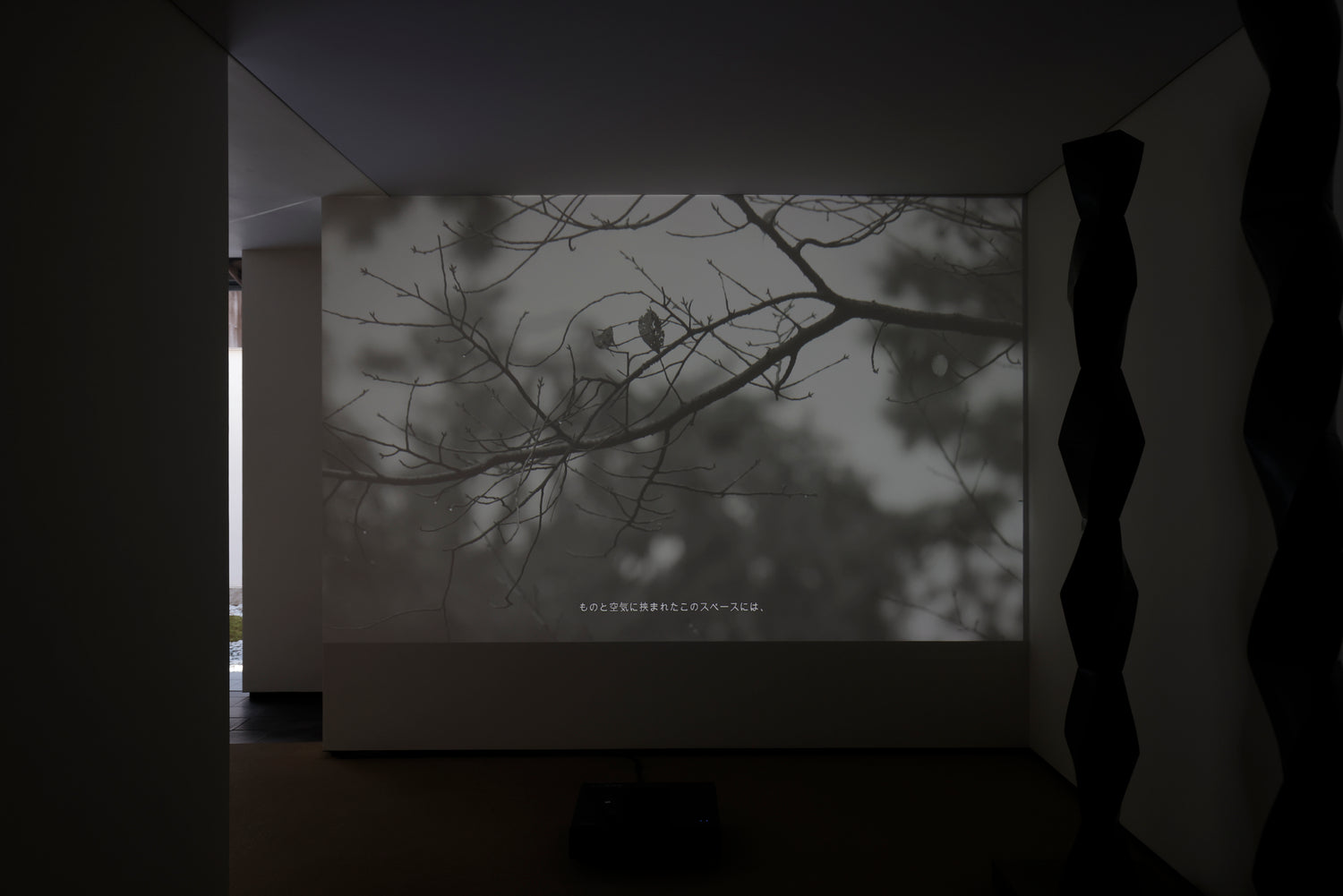
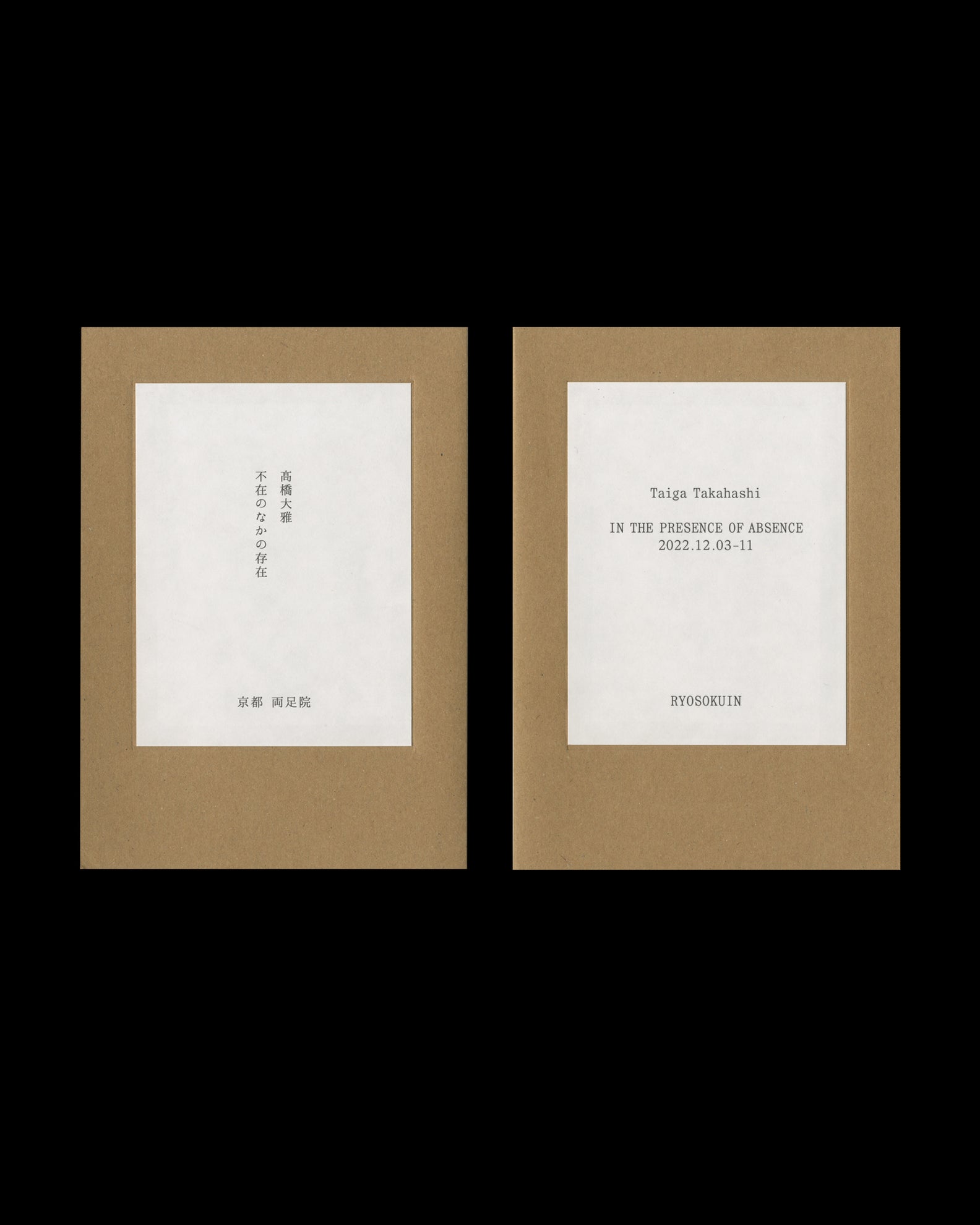
Words edit: Sara Aiko
